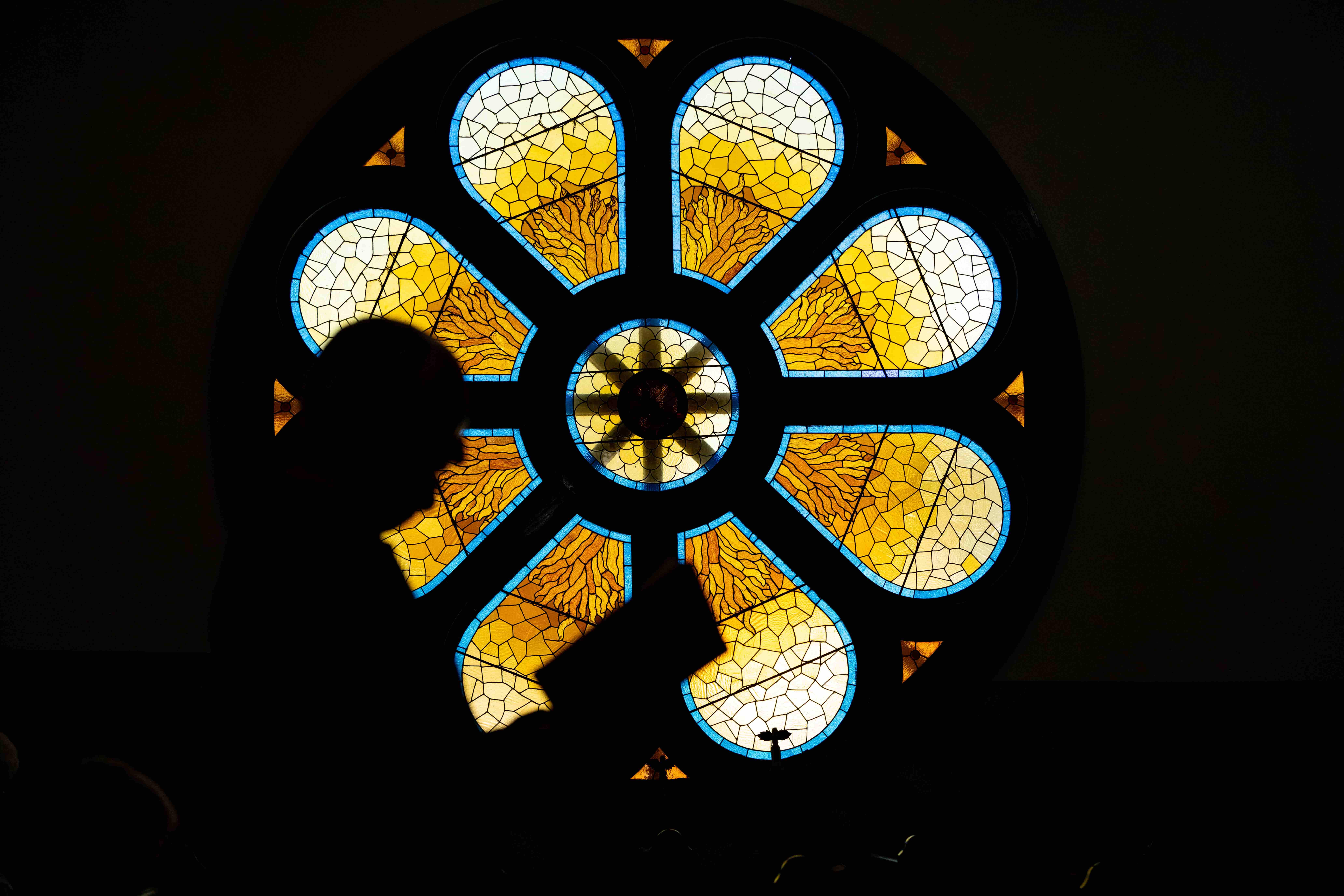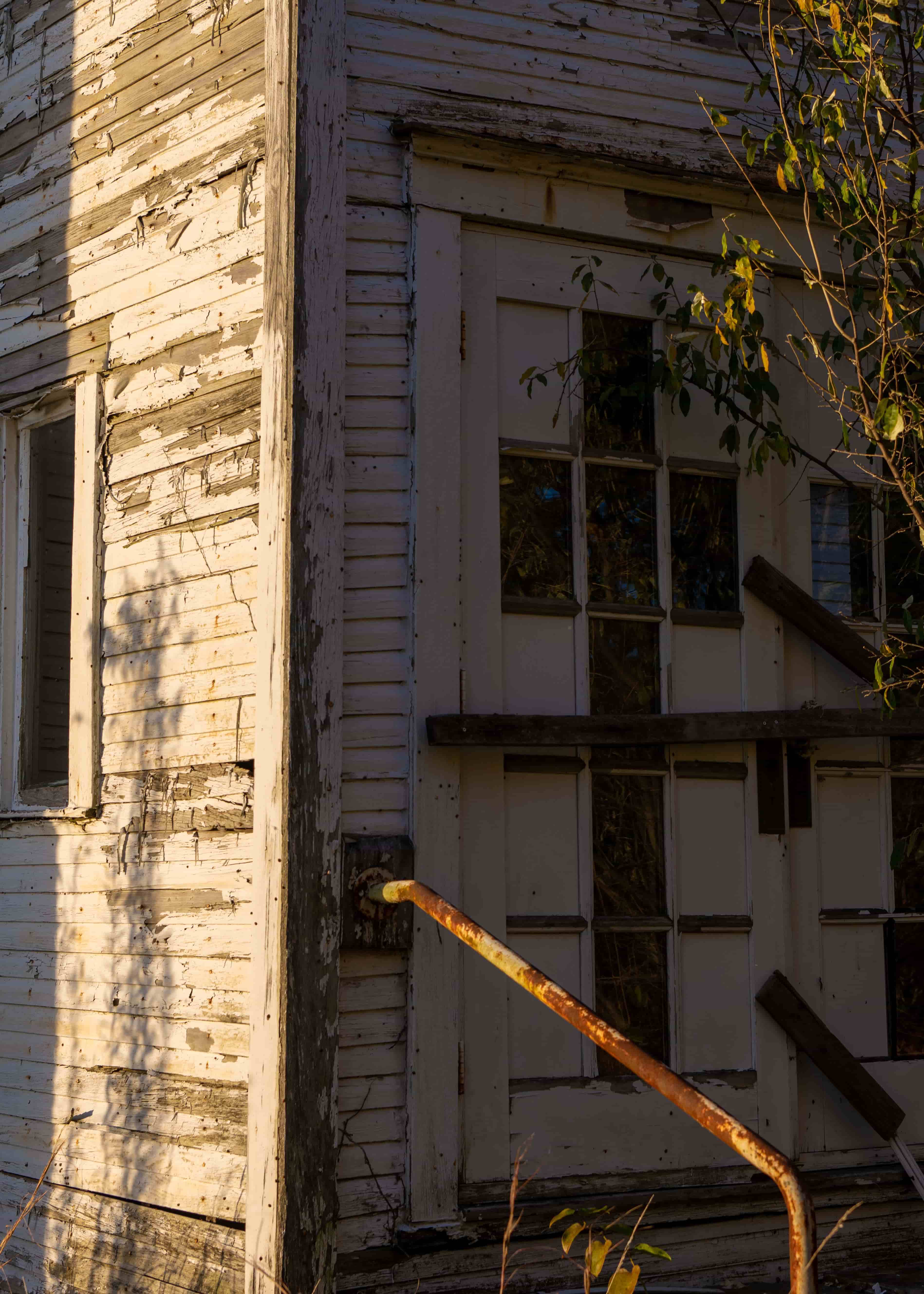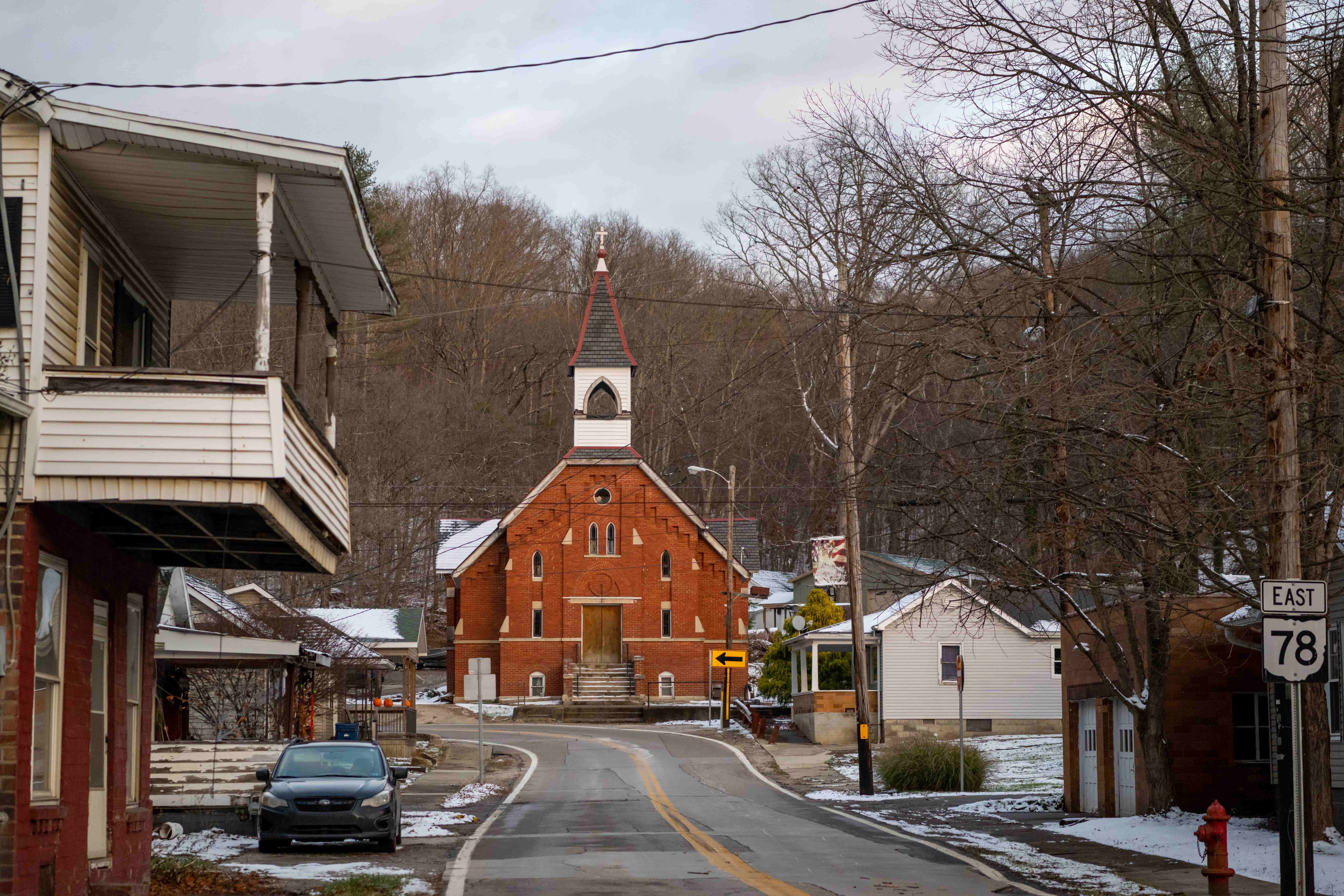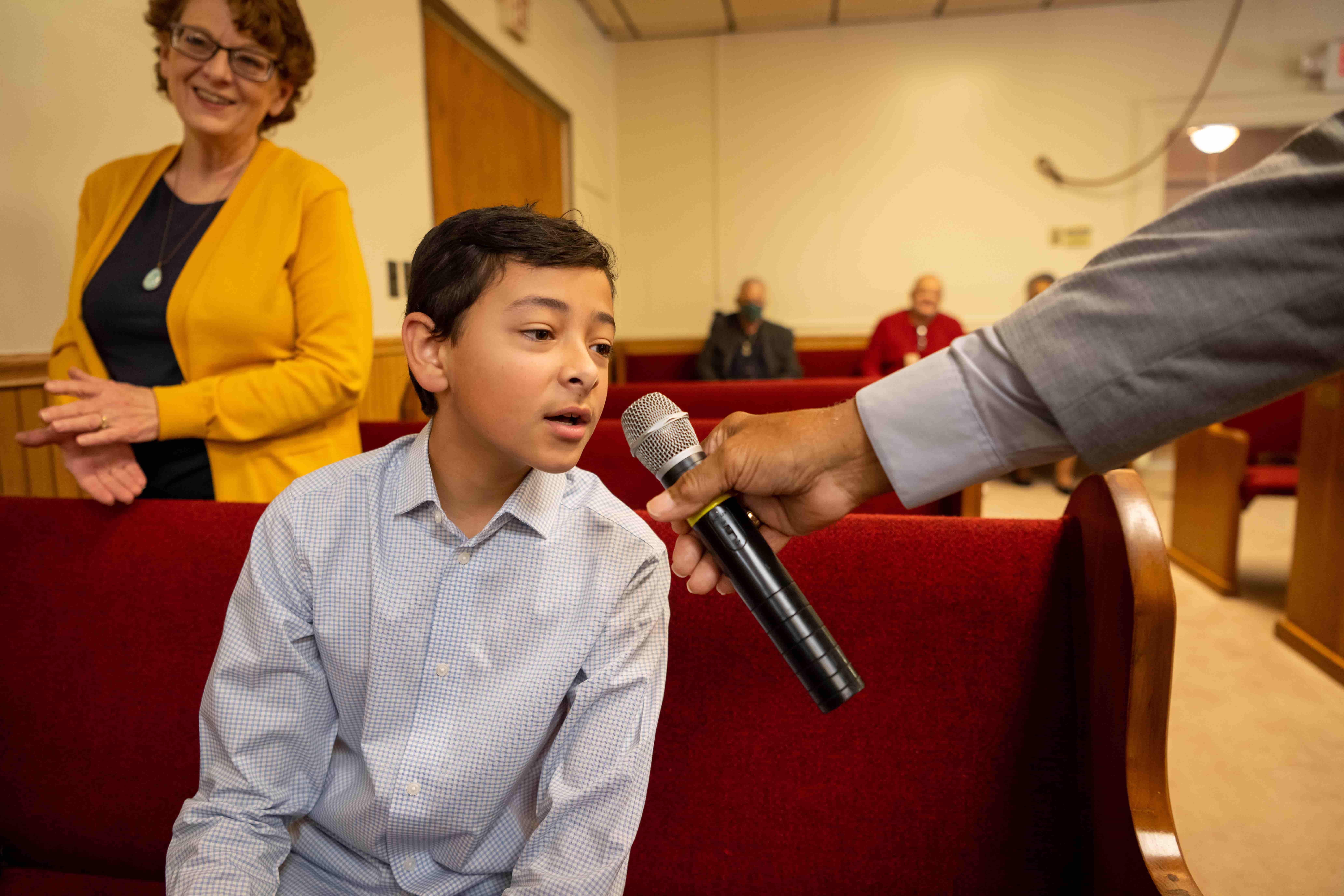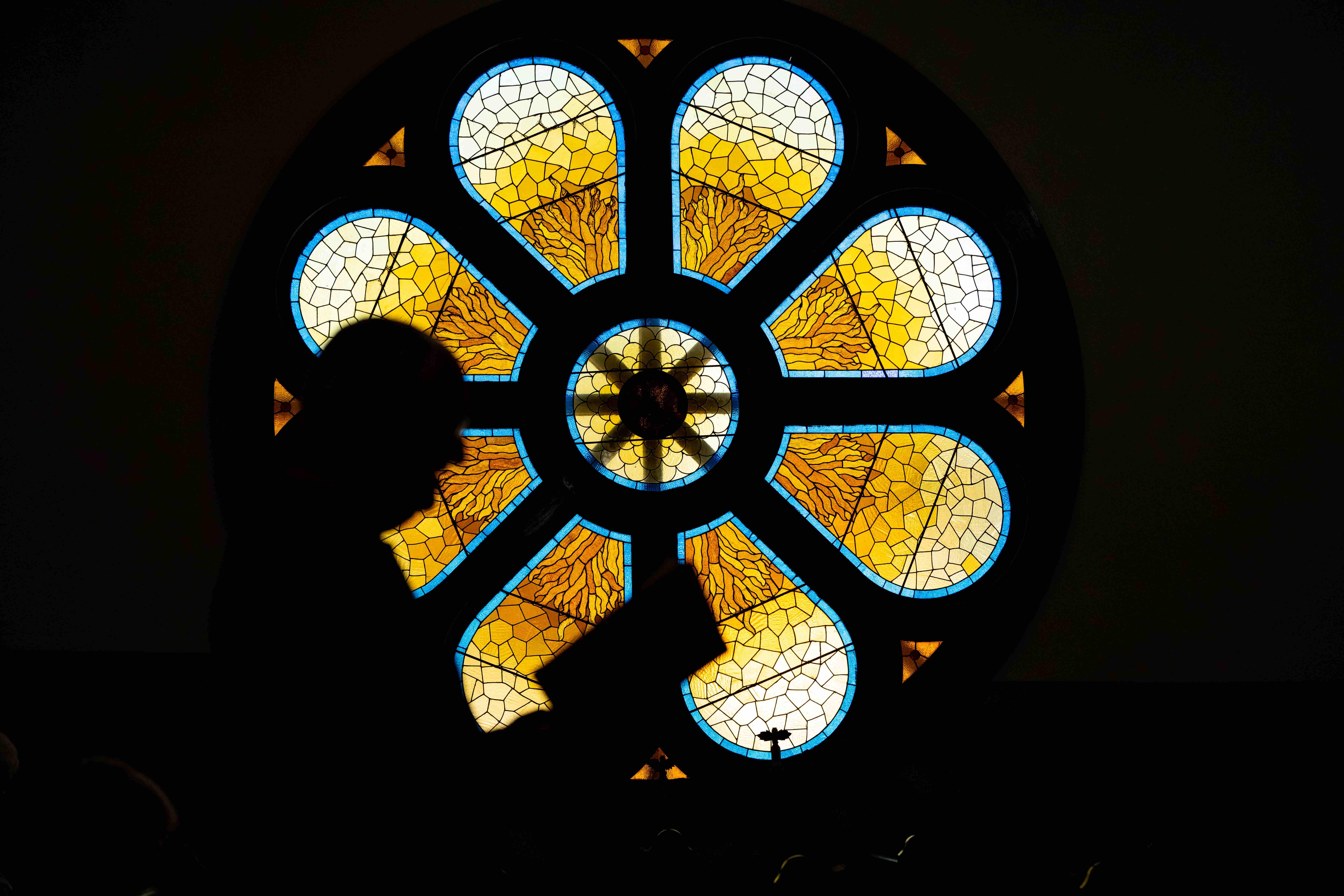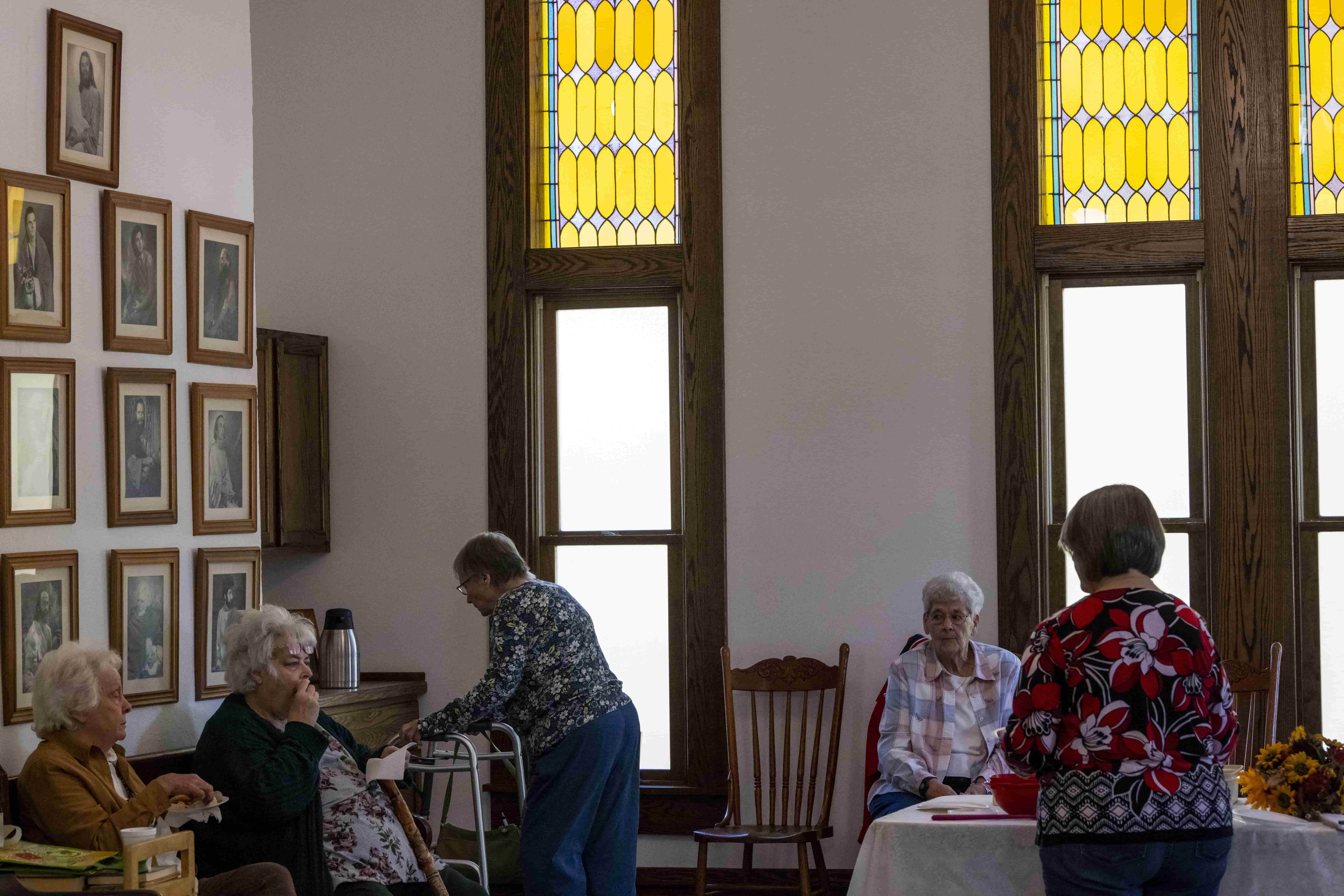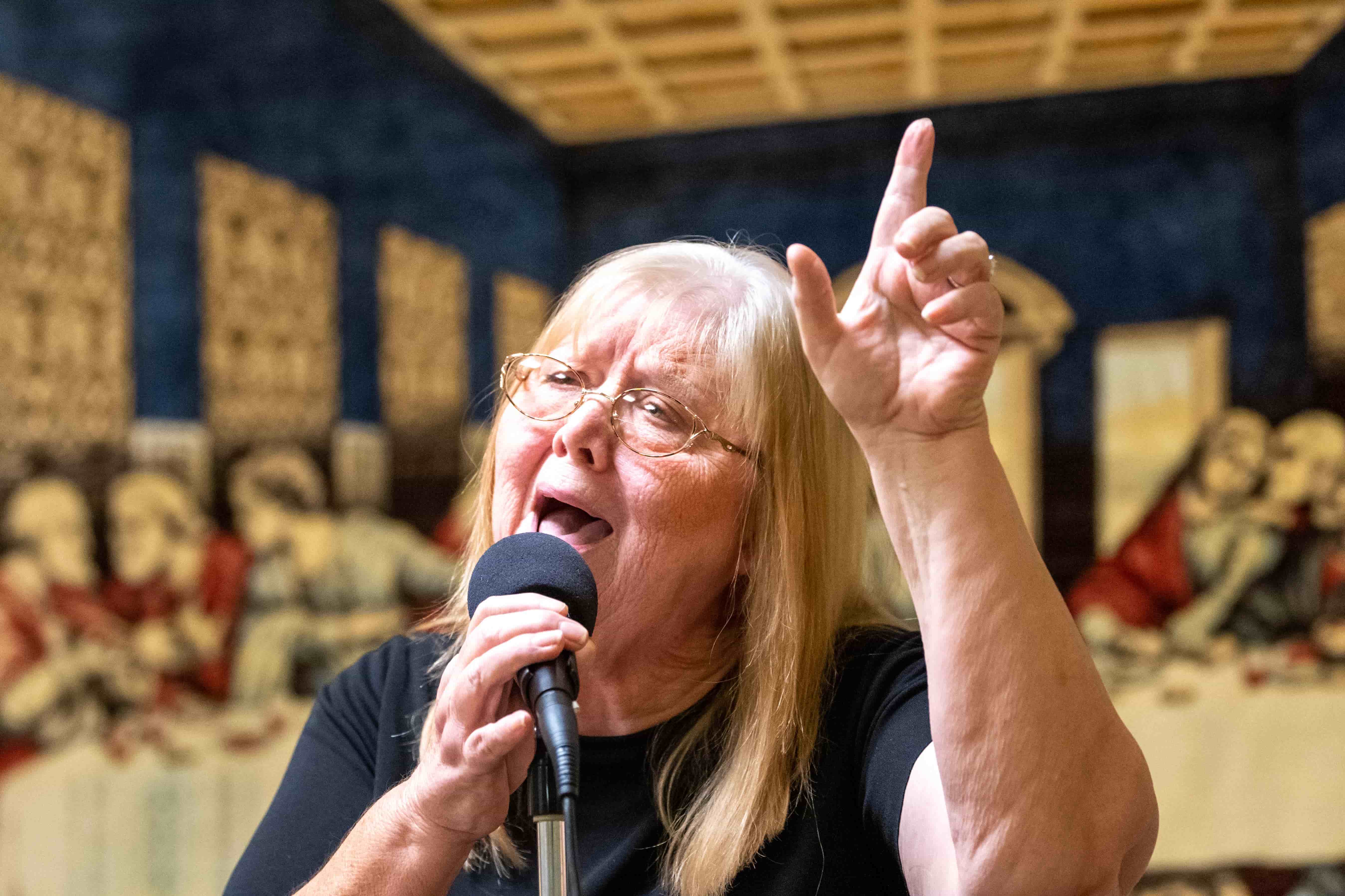Deep in the hills of Appalachia sits Stewart United Methodist Church. In a parish in Southeast Ohio, Pastor Rick Seiter leads a service for a mere seven members.
Due to membership attendance and limited UMC pastors in the area, Seiter travels between Stewart United Methodist and Canaanville United Methodist each Sunday to ensure both churches have a service
"We'd like to know why people aren't coming to church anymore," Seiter said.
United Pentecostal Church
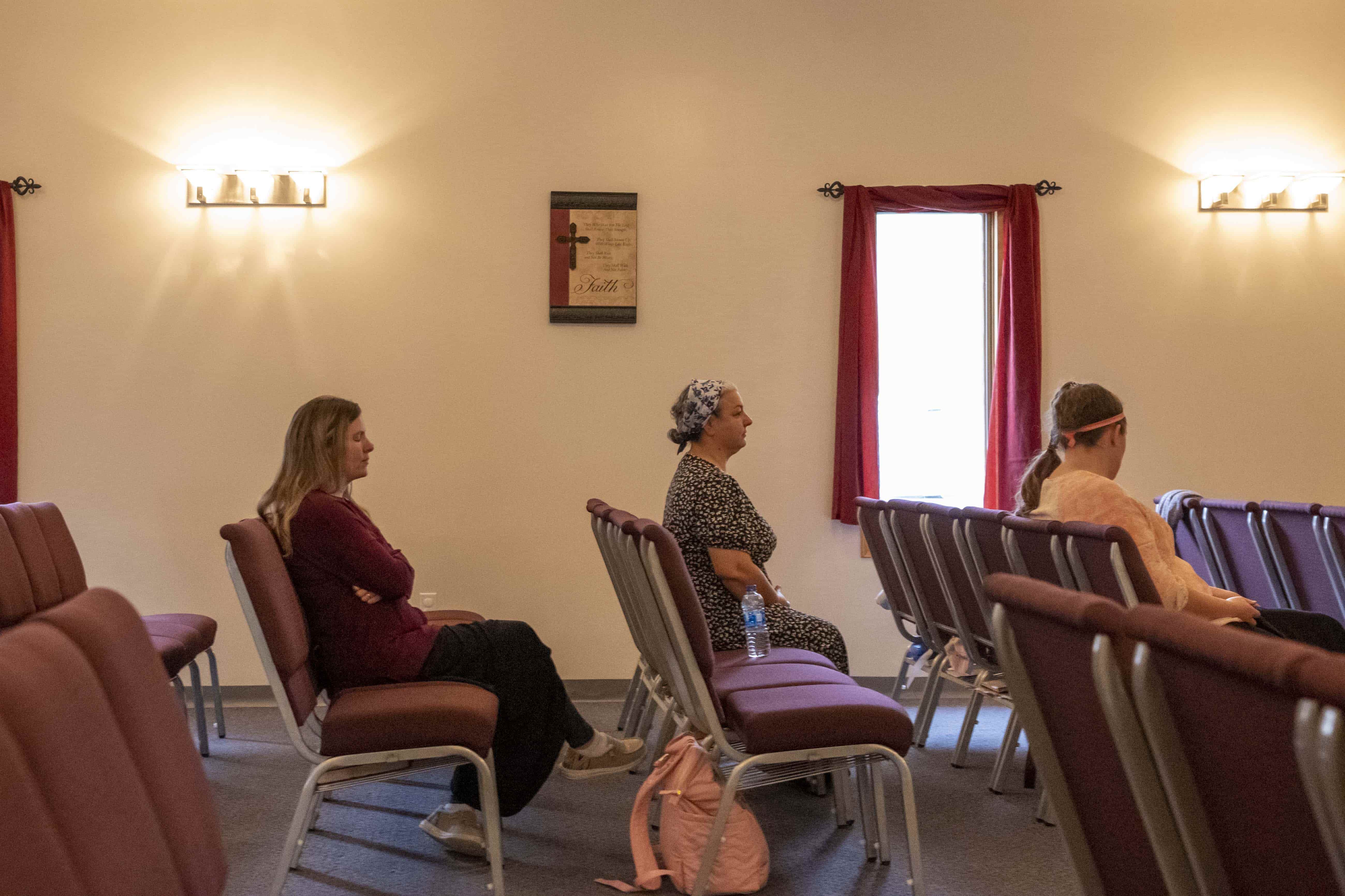
Disbanding a church
Low attendance numbers and a lack of funding were the
reasons many Southeastern Ohio churches closed their doors to the public. For St. Mary of the Hills
Church in Buchtel, 17645 Bank St., its community saw a lasting impact when its membership
diminished.
On June 26, 2022, Rev. Father Mark Moore held the church's last mass. The church closed its doors
for
good on June 30.
Father Moore began his work at the church after its former resident priest, Henry Christopher
Foxhoven,
sexually abused an underage parishioner at Holy Cross in Glouster while also serving at St. Mary of
the
Hill. Foxhoven was later found guilty of sexual battery and sent to prison for 12 years, according
to
the Zanesville Time Recorder.
The church was left without a leader, so Moore was sent to serve the parish. However, it wasn't
enough
to keep the church open.
"The parish was dying," Moore said. "There were very few younger members."
Moore was worried the parish's diminished attendance would impact the charitable and Evangelical
outreach in Buchtel. Parishioners were losing their identity and a place to worship their faith, he
said.
"We don't have the resources that an urban or suburban parish would have," Moore said. "So
financially,
it's sometimes a struggle for some parishes to exist."
Moore and the Diocese of Steubenville took three years to close the parish. During that time, they
searched for another use for the building as a possible mission church. As of December, the church
remains empty.
On Oct. 14, 2022, Bishop Jeffery Montforton announced a plan to merge the Diocese of Steubenville
back
into the Diocese of Columbus. The Diocese of Steubenville was originally created in 1944 out of the
Columbus area. The change was due to a lack of priests available for services, economic pressures
and
demographic shifts in the area, according to The Steubenville Register.
United Pentecostal Church
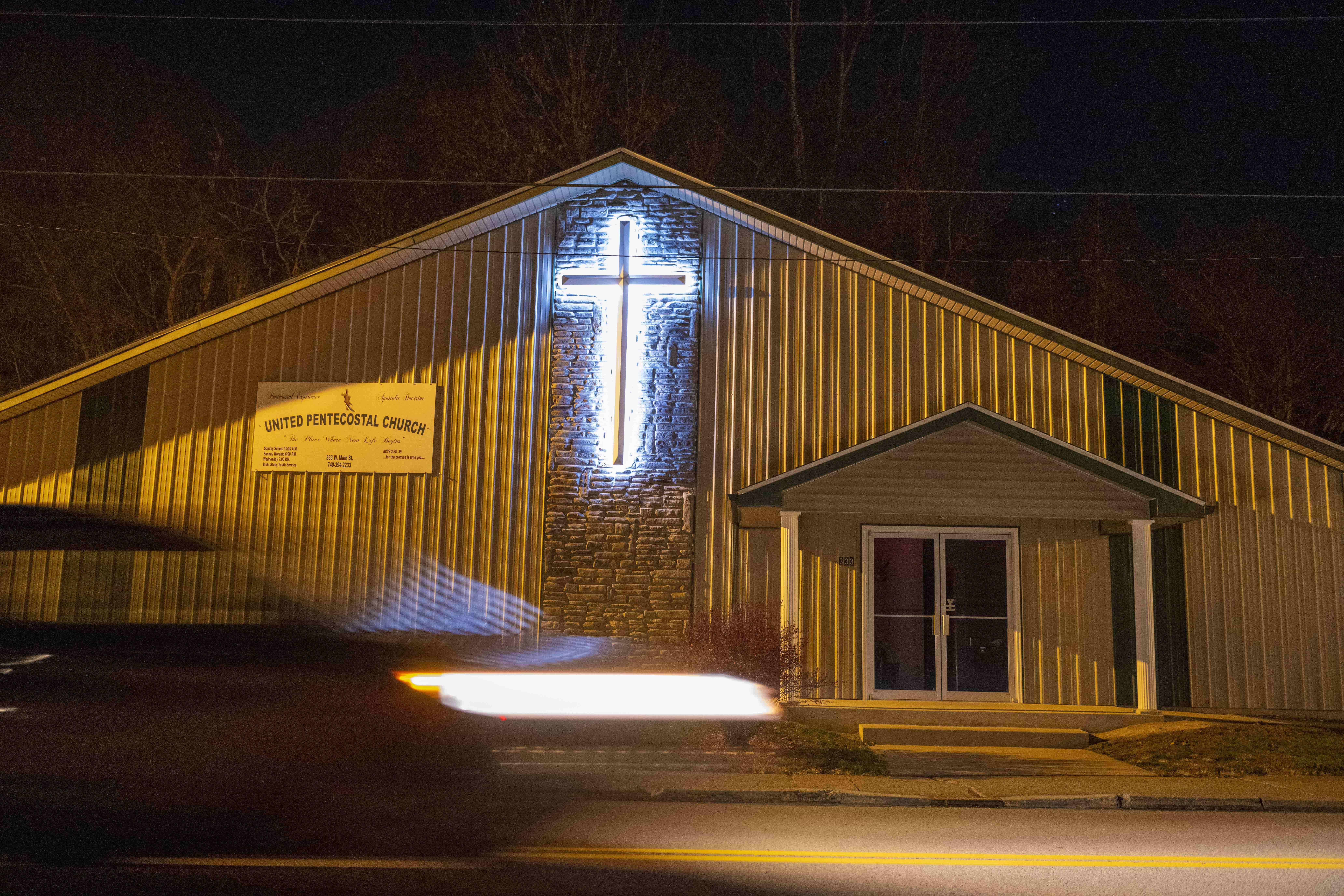
Campus Ministry
Students at Ohio University often find it difficult to find a place to practice their faith with
fellow
students in Athens.
Madeline Daley, a sophomore studying media arts production, is a part of OU Catholics. Her choice to
continue practicing her faith in college has led her to partake in religious student organizations on
and off campus.
"I just saw a lot of relativism in the world," Daley said. "Just the ability to ask questions … made
it
so that the truth was able to be communicated, and I could see that there isn't relativism with the
Catholic Church."
Her religion inspired her to connect with like-minded individuals on campus with OU Catholics. Though
many college students may shy away from religious organizations on campus, Daley said she remains
optimistic about students' future.
"I see hope for students actually seeing that Catholicism is alive and current, and not an archaic
belief," Daley said. "It can actually help with all aspects of someone's life."
Reflection on the Future
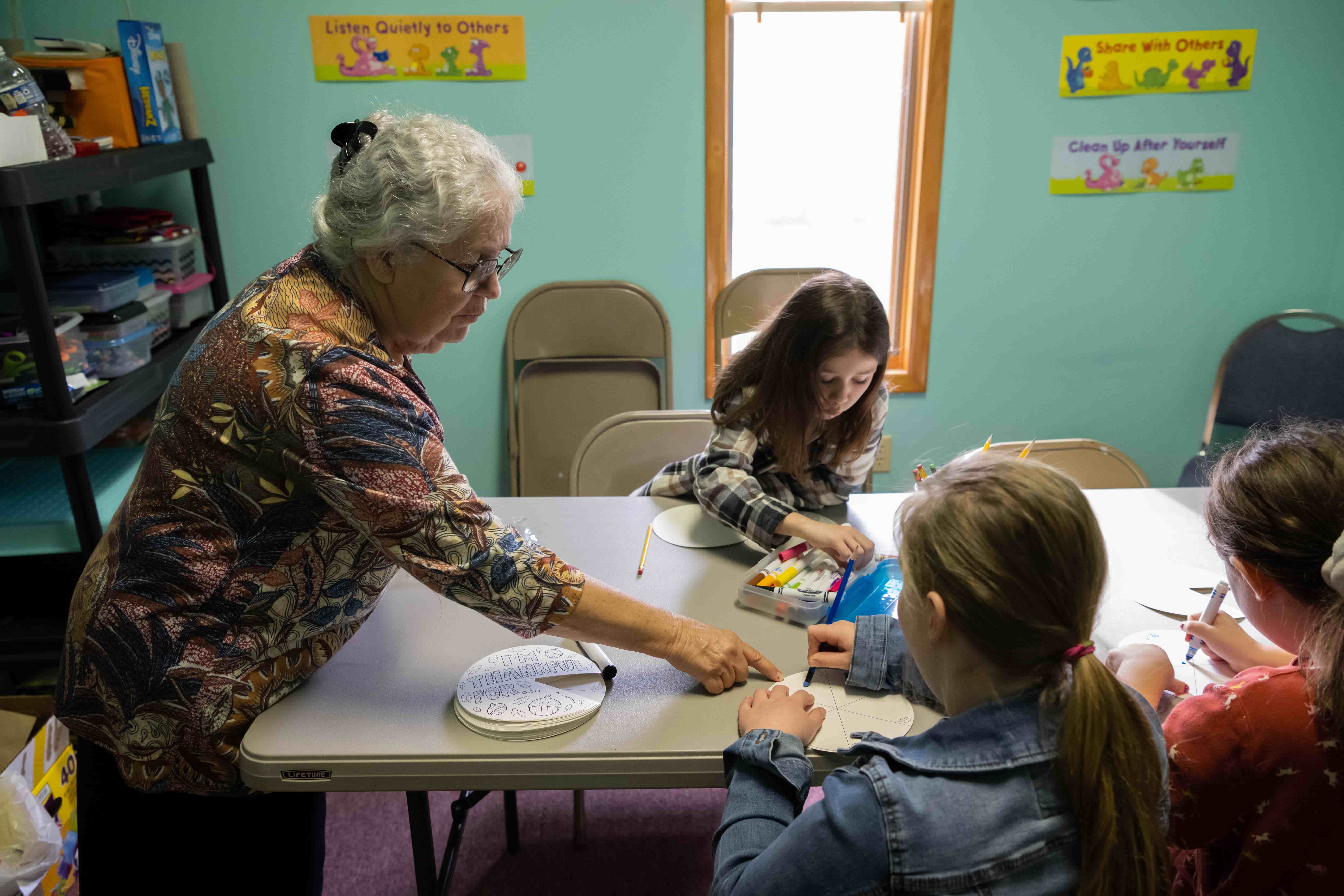
"Nones" on the Rise
Students at Ohio University often find it difficult to find a place to practice their faith with
fellow
students in Athens.
Madeline Daley, a sophomore studying media arts production, is a part of OU Catholics. Her choice to
continue practicing her faith in college has led her to partake in religious student organizations on
and off campus.
"I just saw a lot of relativism in the world," Daley said. "Just the ability to ask questions … made
it
so that the truth was able to be communicated, and I could see that there isn't relativism with the
Catholic Church."
Her religion inspired her to connect with like-minded individuals on campus with OU Catholics. Though
many college students may shy away from religious organizations on campus, Daley said she remains
optimistic about students' future.
"I see hope for students actually seeing that Catholicism is alive and current, and not an archaic
belief," Daley said. "It can actually help with all aspects of someone's life."
